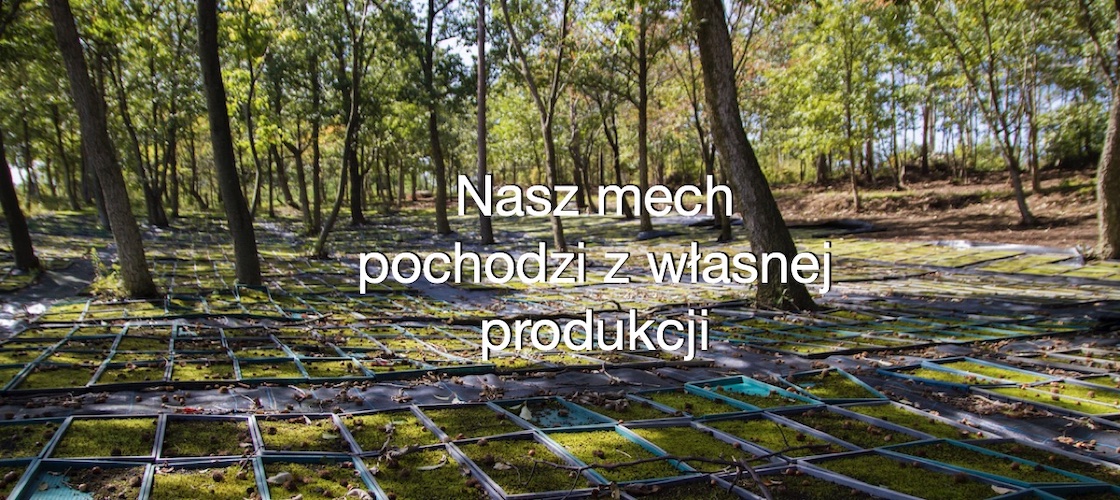Living Moss Gardens
+GOKE
Unlike walls made from stabilised mosses, vertical gardens made of live mosses + GOKE, actively improve air quality as well as look good.
- Live mosses change slowly over time, resulting in a constantly evolving wall.
- All lighting and watering is integrated into the wall system, no additional care is needed.
- Moss walls require little to no servicing over their lifetimes.
Moss has arguably the best air-purifying and oxygenating properties of any plant. This is partly due to its huge surface area. Mosses are essentially ‘green lungs’, trapping all kinds of pollutants, allergens and harmful particles. Moss and the accompanying beneficial microbes actually “feed on” these particles with mosses getting all their nutrients from the air and water – it has no roots.
It is estimated that there are as many as 5 million small leaves per square meter of moss. It is this densely populated surface area of mosses which allows for the moss to purify the air so successfully.
The technology of making walls from living mosses is based on the knowledge and many years of experience of our partner Green’s Green Ltd, Japan.
Each moss used, depending on its species, must grow for at least one year in our nursery in Poland. We then inspect the quality of each of our mosses before selecting the best varieties for each wall.
Due to the slow growth of Moss + GOKE, it requires little maintenance. All watering and lighting that the mosses need on your wall are prepared by us in the construction of the wall. Allowing you to relax and enjoy your new moss wall.

Drought Resistant
Contrary to popular belief, mosses are resistant to drought. They have no roots and absorb all their water and nutrients from the air. Mosses can photosynthasis as long as they are moist. However, if they dry up, they go into a “dormant” state that can last up to a year.
Mosses absorb water from the atmosphere, through rain, fog and even water vapour. “Bottom” absorption is also possible, with mosses absorbing water from the material they are growing on.
Extreme Temperatures Resistance
Mosses can survive from -30 ° C to + 60 ° C (when dry). Making them perfect for both inside and outside walls.
A Natural Filter
Absorbing nutrients and water across their entire surface makes mosses very sensitive to air or water pollution. Therefore, mosses are used as biological indicators or as filters against air pollution.
Resistant to Pests and Diseases
Mosses live on the forest floor, where they have many potential enemies: fungi, bacteria, snails, and insects. Over the course of millions of years, mosses have learned to defend themselves from these predators.
The substances mosses produce, in order to stop themselves from being eaten have been found to have anti-cancoragentic and anti-viral properties.

